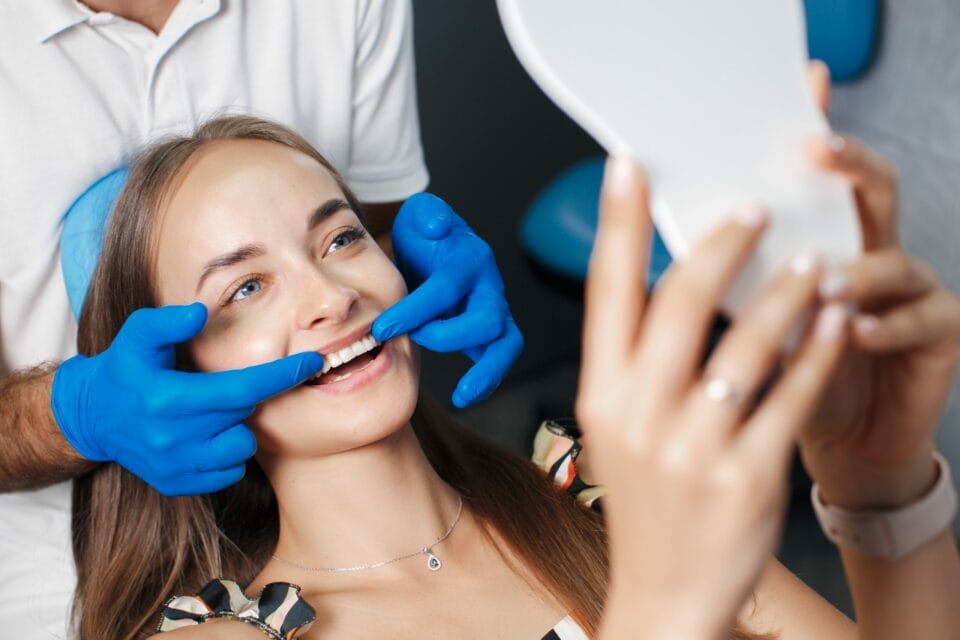Thursday Troubleshooter: RDH Allowing Insurance to Guide Patient Treatment
QUESTION:
We have a hygienist in our office whose idea of treating patients is based on their insurance coverage and benefits.
We at the front office know and have explained the necessity for x-rays. Not only do insurance carriers need updated documentation, but we need them for diagnosis. I feel this hygienist has become complacent after 27 years.
Our doctor does not seem to be bothered by her behavior. If he is, x-rays are taken at the return visit by the assistants. There is no pocket probing. Our doctor charts perio pockets with the Panorex film.
We feel this is a disservice and that we have an obligation to our patients. Any suggestions or comments are welcome.
ANSWER FROM LAURA HATCH, founder of Front Office Rocks:
You’re 100% correct regarding the hygienist doing what’s necessary regarding the best care for patients, such as perio charting and x-rays.
I’ll answer your question from an office manager perspective to help the hygienist realize what she’s doing.
The first thing is to look at her experience and how she got where she is today. After 27 years in the dental office, she’s probably seen a ton of changes, especially when it comes to diagnosis, standard of care, technology, and more.
Many times people try to change with the times, however, after this long there’s a chance she’s set in her ways and change becomes difficult. She also has more than likely been seeing the same patients for years and for her to change how she’s “always done it” might be hard for her as well as her patients.
Recognizing this, I still feel that legally and ethically she needs to change and incorporate what’s best for patients and the office into her care. Here is a list of things I suggest you consider, some of which you might have tried already but hopefully some new suggestions as well.
First, I would have a heart-to-heart talk with her about the role of insurance companies. She needs to understand that if she only diagnoses what an insurance company allows, your patients will never get healthy.
She needs to understand that insurance companies are not the ones looking in patients’ mouths to lead them to health, and as their health-care provider she needs to quite being dictated by patients’ insurance plans.
There is a lot of research, articles, and training out there to support this and she should investigate these to help her progress. I would also suggest having the same discussion with the doctor so that he understands that this is not the best standard of care for patients and ultimately, whatever she does or doesn’t do he is liable for since she works for him.
My suggestion is to try to get them both to see the importance of all that the hygienist does.
Try to get them to enroll in some courses or training to help them change their ideas. If the hygienist is still unwilling to change, the doctor must decide what to do next.
Ethically he needs to realize that this is neglect and he’s in jeopardy if he does not enforce certain things regarding the hygienist and the care her patients receive. Hopefully discussion, outside resources, and setting some guidelines will guide the hygienist to do what is best for your patients.
ANSWER FROM KIM MILLER, RDH, cofounder of PerioFrogz.com:
The standard of care, when it comes to radiographs and periodontal evaluation, is dictated by the American Dental Association and the American Academy of Periodontology (AAP).
Radiographs should be taken as often as needed according to the dentists’ assessment and evaluation of a patient’s individual needs.
Typically, radiographs showing alveolar bone throughout the mouth should be taken once per year for those patients with a history of periodontal disease (usually seven VBW D0277). We must see the alveolar bone because according to the AAP, 30% to 50% of the bone mineral must be resorbed before those changes are seen radiographically. Therefore, having the ability to compare films from one year to the next is vital in determining bone loss.
Radiographs for those patients who do not have perio and those who do not have a history of inter-proximal decay should be customized according to need.
When it comes to periodontal evaluation, according to the AAP, healthy patients (D1110) should have a comprehensive periodontal evaluation once per year. Those who are in a state of active infection or those who are in periodontal maintenance (D4910) should have them more frequently.
This evaluation is done with a probe, in the mouth, measuring six pockets around each tooth, six measurements of recession around each tooth, furcation grade, mobility, bleeding, pus, and clinical attachment loss. All of these data are collected with a visual and clinical exam in the mouth and recorded on a periodontal chart. I’m not familiar with the technique of charting pocket measurements using only a Panorex.
Based on what you’ve described, it appears that your office is missing opportunities to serve patients with comprehensive care. I would like to refer you to three attached documents that support my comments.

